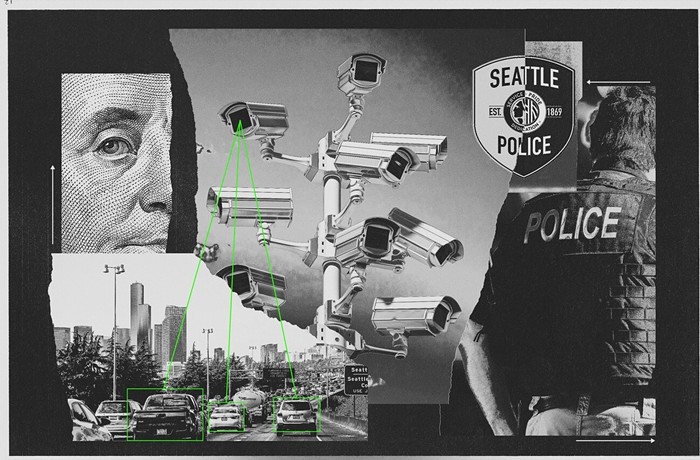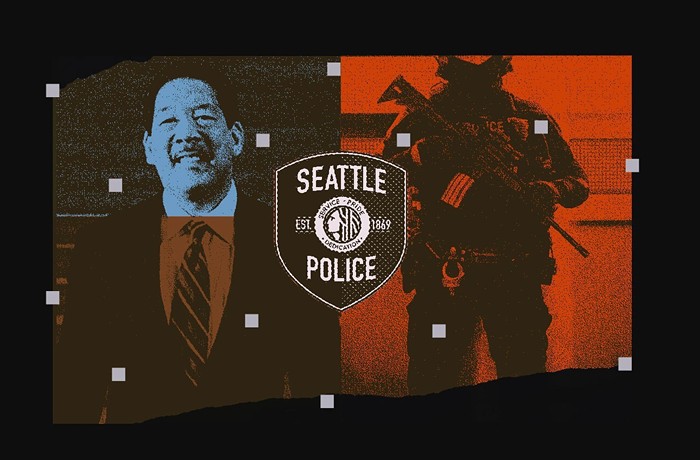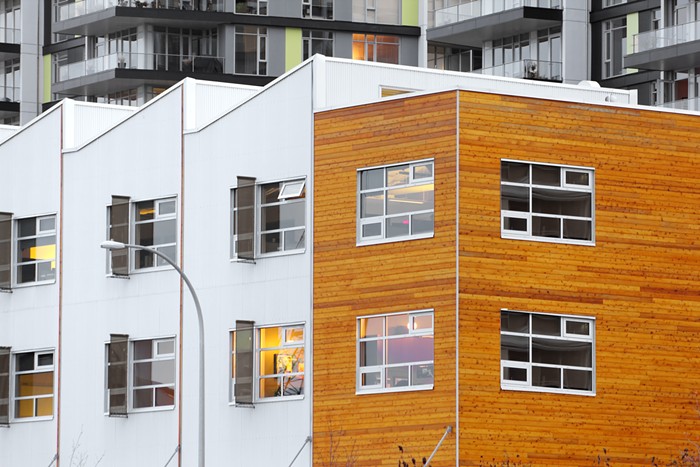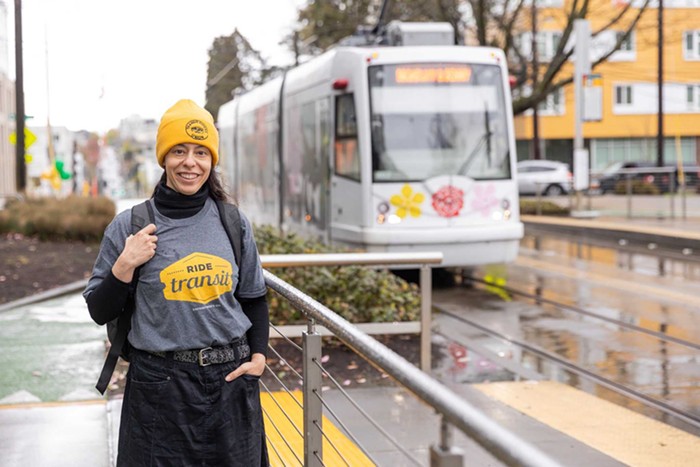For years, the city and state have repeated the mantra that the Alaskan Way Viaduct carries 110,000 vehicles a day. The figure (sometimes amended to 111,000) has appeared for at least four years in local newspapers and on the websites of the city and state transportation departments, and it has been a vital part of the state and city's argument that replacing the viaduct's full car capacity is of paramount importance. The city and state largely disagree about whether a tunnel or a rebuilt viaduct is the better solution, but they do see eye to eye on one thing: Tearing down the viaduct and replacing it with a surface boulevard, an option supported by environmental groups like the Sierra Club and at least one member of the Seattle City Council, would result in a traffic nightmare, leaving tens of thousands of cars on surface streets with nowhere to go.
However, despite tunnel proponents' doomsday projections, a separate Washington State Department of Transportation (WSDOT) count, produced by a computerized sensor on the viaduct itself just south of the Alaskan Way "project area," shows "annual average daily traffic" of only 74,700 vehicles—just 68 percent of the 110,000 figure.
Viaduct spokeswoman Kristy Laing explains the discrepancy as a product of location, method, and timing. She says the larger figure comes from counts by pneumatic tubes (as opposed to computerized data counters) on the roadway in the project area a few blocks north of the computerized sensor. The 35,000-car discrepancy, she says, is the result of cars entering the highway on two downtown entrances and getting off the highway at two downtown exits between the northern pneumatic sensor and the southern electronic sensor. The city has estimated that 60 percent of viaduct users go right past downtown, with 40 percent getting on or off the viaduct downtown; however, it's unclear how many of those drivers are entering and how many are exiting. Moreover, Laing says, WSDOT only includes weekday numbers in its central waterfront count. The smaller 74,000 number produced by the southern electronic sensor, in contrast, includes the entire week.
WSDOT would not provide an exact location for its counting tube, saying only that it measured traffic for the "central waterfront area." (Laing says the southern sensor is "outside the project area"; WSDOT's website, however, shows a "project area" that extends south all the way to the West Seattle Bridge.) Nor would the agency explain why it eliminated weekends from its daily viaduct usage averages, except to say that it was "standard practice."
Even if you use a much-higher weekday-only estimate used by WSDOT for the segment of SR 99 just south of the viaduct "project area," 86,980 vehicles, the drop-off in traffic between the central waterfront and the southern segment, where the sensor that recorded 74,700 cars was located, is more than 21 percent. There is reason, moreover, to doubt that WSDOT's pneumatic-tube data is the most reliable possible information: Some studies suggest that tubes provide inaccurate counts when traffic is stop-and-go, as it is during rush hour on the viaduct.
Whatever the actual number of vehicles that travel on the viaduct daily, a number lower than 110,000, as seems likely, could chip away at one major justification for building a massive new $3.6 billion to $5.5 billion waterfront freeway or rebuilding the viaduct where it stands—the need, in Mayor Nickels's words, to "maintain traffic capacity" on the waterfront. A surface street, combined with improvements to the street grid and transit downtown, could accommodate tens of thousands of cars; enhanced transit and improvement to surface streets, along with changes in driver behavior, could accommodate the rest. Maybe that's why no one at the mayor's office or the state transportation department is talking about those numbers.
City Council Member Peter Steinbrueck, an early advocate for studying the surface/transit option, is talking. "I think there's been some misrepresentation," Steinbrueck says. "Frankly, I'm quite consternated that we've invested so much time and effort in what may be a fabrication to support the traffic movers' agenda." 


















